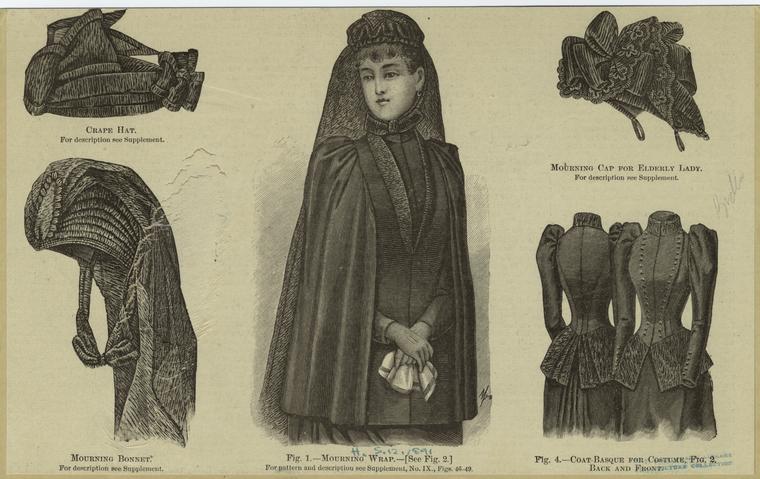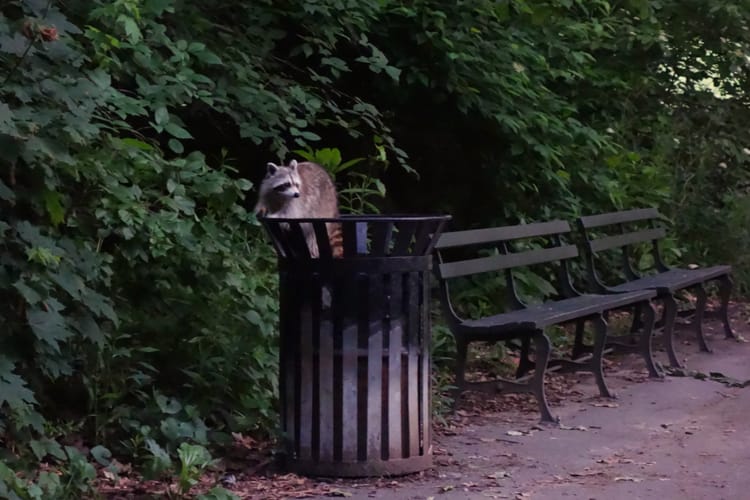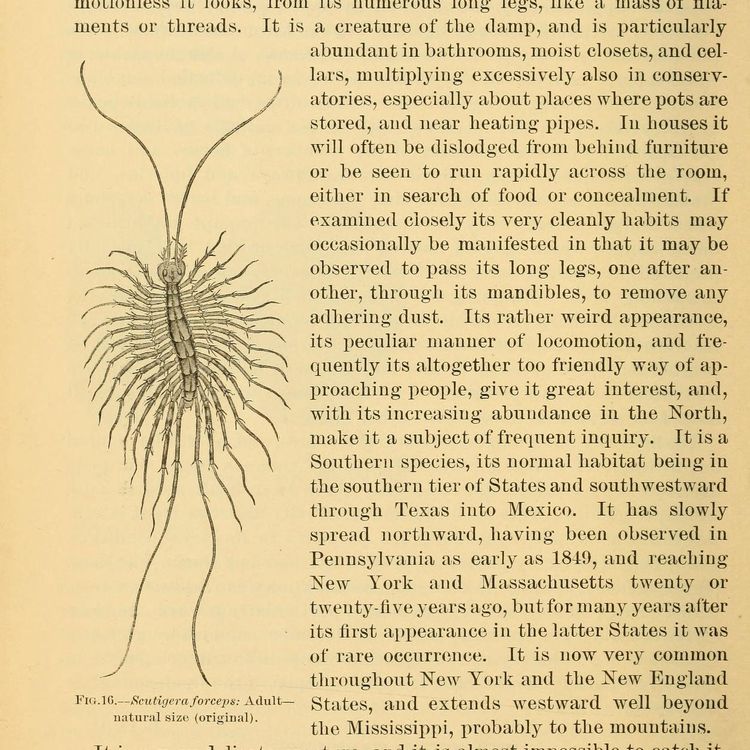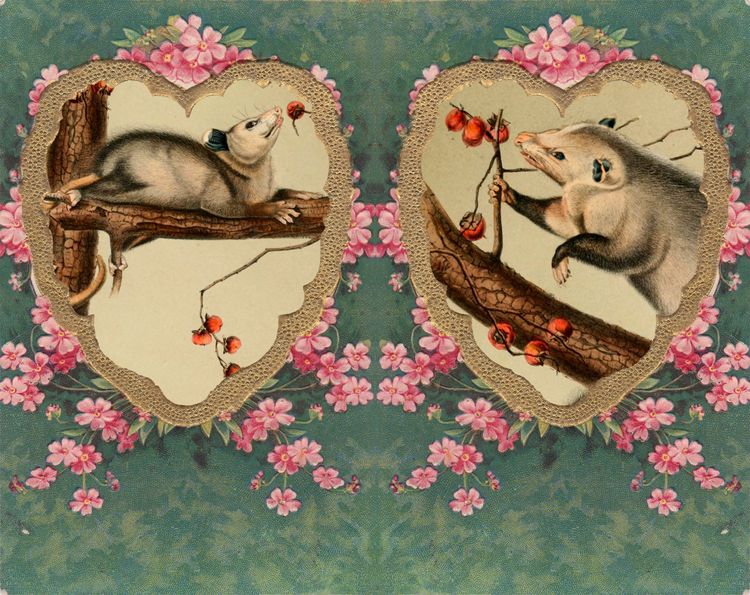The Grand Surprise of the First Butterfly

As you wander through the park, something wafting just off to the side catches your eye. A scrap of plastic bag, surely. An errant parking ticket swept afield by a gust of wind or cast out from under a wiper in frustration. But no—you blink—it’s a butterfly. You’re still loosely bundled in a scarf and coat (overdue for the dry cleaner), so how could this delicate thing be flippantly winging its way through the chilly air?
It’s a mourning cloak butterfly, Nymphalos antiopa, emerging from a hibernation-like pause even before all the snow has quite melted. One of its early common names was the Grand Surprise. Deep purplish-red wings center a fringe of brilliant blue droplets and a faded ivory border. Winter has left us all a bit bedraggled around the edges. As it alights for a moment on your arm, you are struck by the butterfly’s stance. Of its six legs, the two front appendages are so small as to be barely noticeable, so a quadrupedal deportment lends it the air of an impossibly strange long-legged mammal.
It may have landed on you as a tower from which to survey its surrounds. It’s too early for most wildflowers, and mourning cloaks prefer sap, anyway. Are there oaks or willows nearby? Or perhaps, unbeknownst to you, you have just been the victim of a vicious butterfly attack. Male mourning cloaks are territorial and will defend their ground, chasing off butterflies and even birds—launching from a perch to weave a net of intimidation around their enemy. It is difficult to know what violence it intends to commit with its furry palpi. Best to let it rest on your elbow, then watch it flap-glide off into the spring.

- Keep an eye out in New York’s Victorian-era cemeteries and you may see a butterfly carved in a marble memorial. Butterflies have long been a popular symbol of life, death, and resurrection as well as the soul. Baylor University has a compilation of butterfly soul lore including this from Andalusian Spain: “An heir must throw unmixed wine over the ashes of the deceased as a toast to the butterfly that will escape with the soul.”
- Amongst the earliest species to receive the dubious distinction “endangered” is the Karner blue butterfly. In years long past, these tiny, pale slips of celestial azure flitted around New York City, but are now extinct within our boroughs’ bounds. Their scientific moniker is Lycaeides melissa samuelis, bestowed by a lepidopterist perhaps better known for his scribblings—Vladimir Nabokov. Nabokov was a dedicated scholar of butterflies, who once rhapsodized, “The pleasures and rewards of literary inspiration are nothing beside the rapture of discovering a new organ under the microscope,” and accordingly, spent countless hours sketching complex butterfly genitalia. Many of his scientific drawings and notes can be found in the collection of the New York Public Library.
- Literary Lepidoptera punctuate the warmer months in New York City. One may delight in the flutterings of the Eastern Comma, the Question Mark, the Broken Dash… So, check out a field guide and prepare to spot serifs on the wing.




